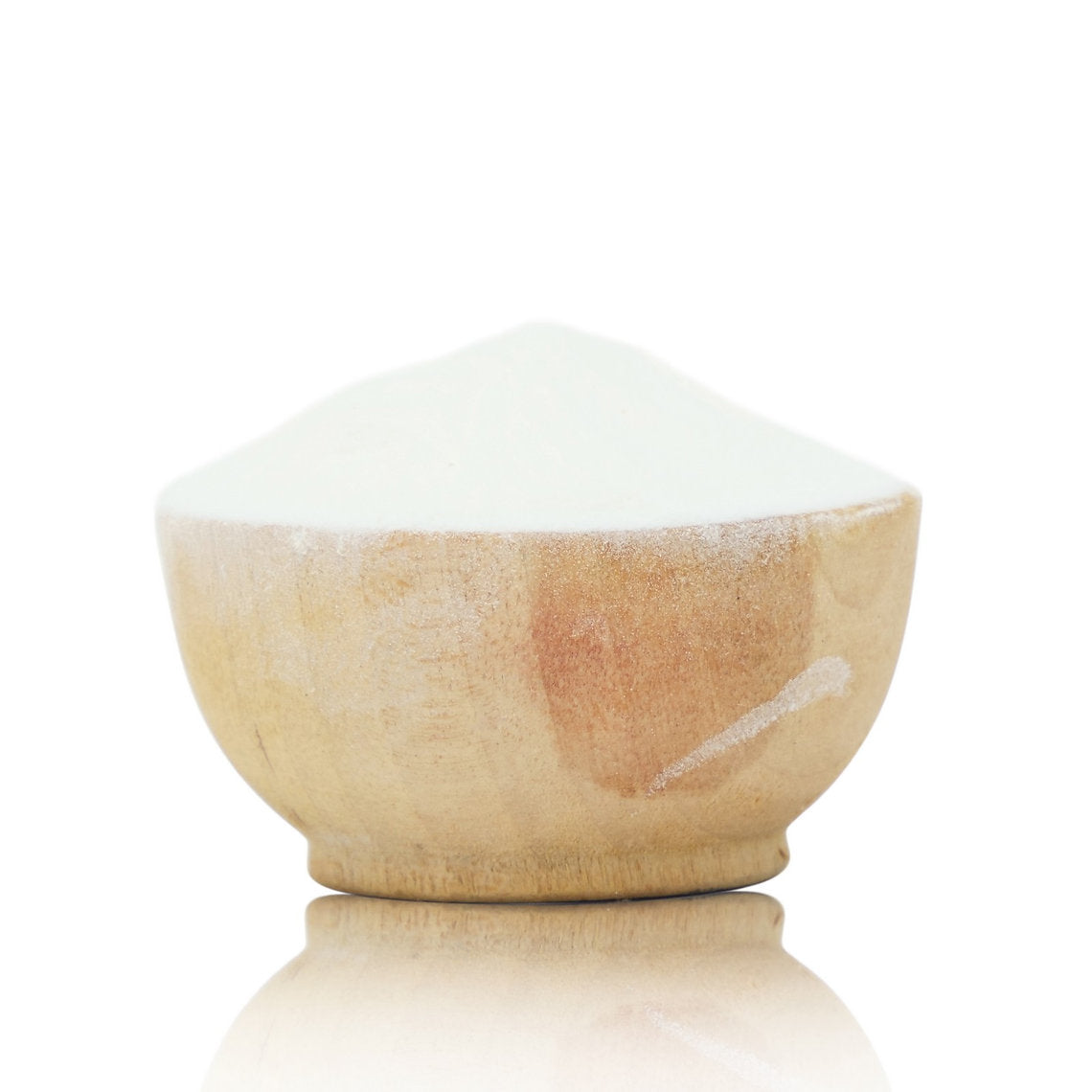
Tin Mordant - Stannous Chloride - Tin II
Pickup available at eHouse Rishon
Usually ready in 24 hours
Reliable shipping
Flexible returns
Description
Also known as tin mordant, stannous chloride, tin crystals, “muriate of tin” (historic term).
Description
Tin has been used by dyers since the 17th century. It is particularly effective at making reds, oranges, and insect dyes such as cochineal appear more brilliant and clear. While alum provides strength and fastness, tin acts as an “assist” to shift colours into a brighter register. Because it can make fibres brittle if overused, it is best applied sparingly and in combination with other mordants.
Historical Note
The discovery of tin as a dye mordant is credited to Cornelis Drebbel (1572–1633), a Dutch alchemist and inventor. Around the 1620s, he found that treating cochineal with tin salts produced a brilliant crimson red far brighter than the scarlets obtained with alum alone. This “secret crimson” became famous in European dye houses, reserved for royal cloth and military uniforms.
By the 18th century, tin mordants were well established in European workshops. Chemist Claude-Louis Berthollet(1748–1822) gave the first systematic explanation of how stannous chloride interacts with dye molecules, describing its role in producing luminous scarlets in his 1791 Éléments de l’art de la teinture.
Active Component
Stannous chloride (SnCl₂·2H₂O).
CI Colour Name
Not classified as a dye (used as a mordant/assist).
Advantages
- Produces clear, bright shades, especially with reds and oranges.
- Enhances the brilliance of cochineal, lac, and kermes.
- Shifts flavonoid yellows towards cleaner, brighter tones.
- Best used in small amounts
Safety Notes
- Wear gloves, apron, and dust mask when handling.
- Avoid prolonged contact with fibres to prevent brittleness.
- Store in a dry, clearly labelled container.
- Light fastness: improved brilliance, though long-term stability depends on the dye used.
Source
Prepared for professional textile use as crystalline stannous chloride.
